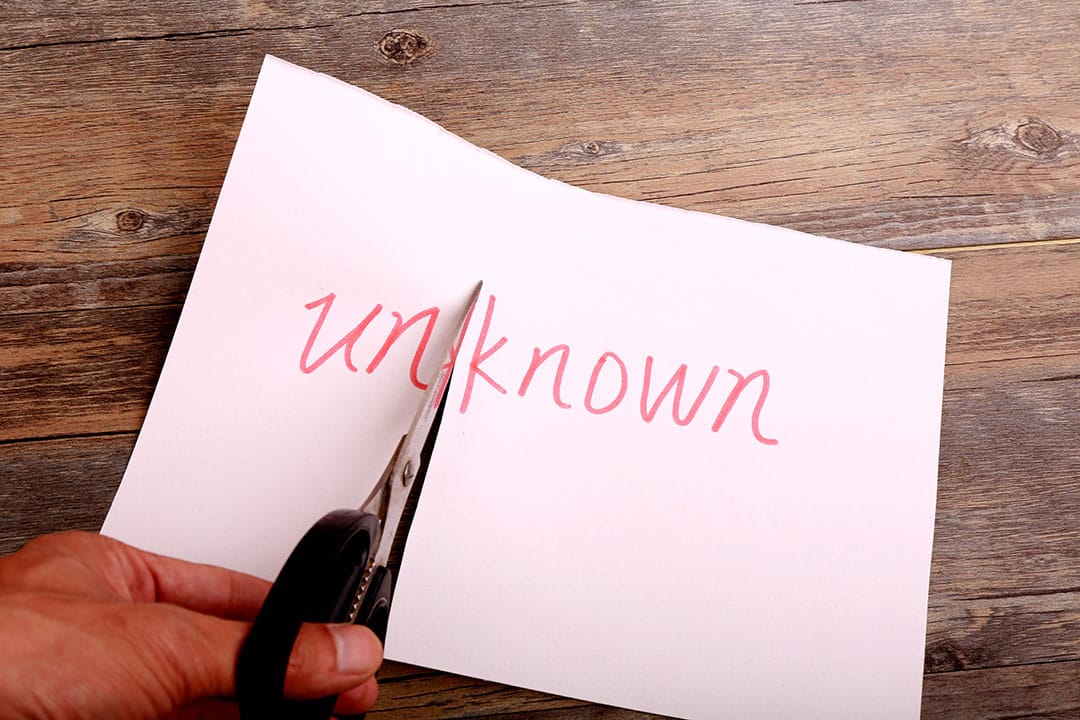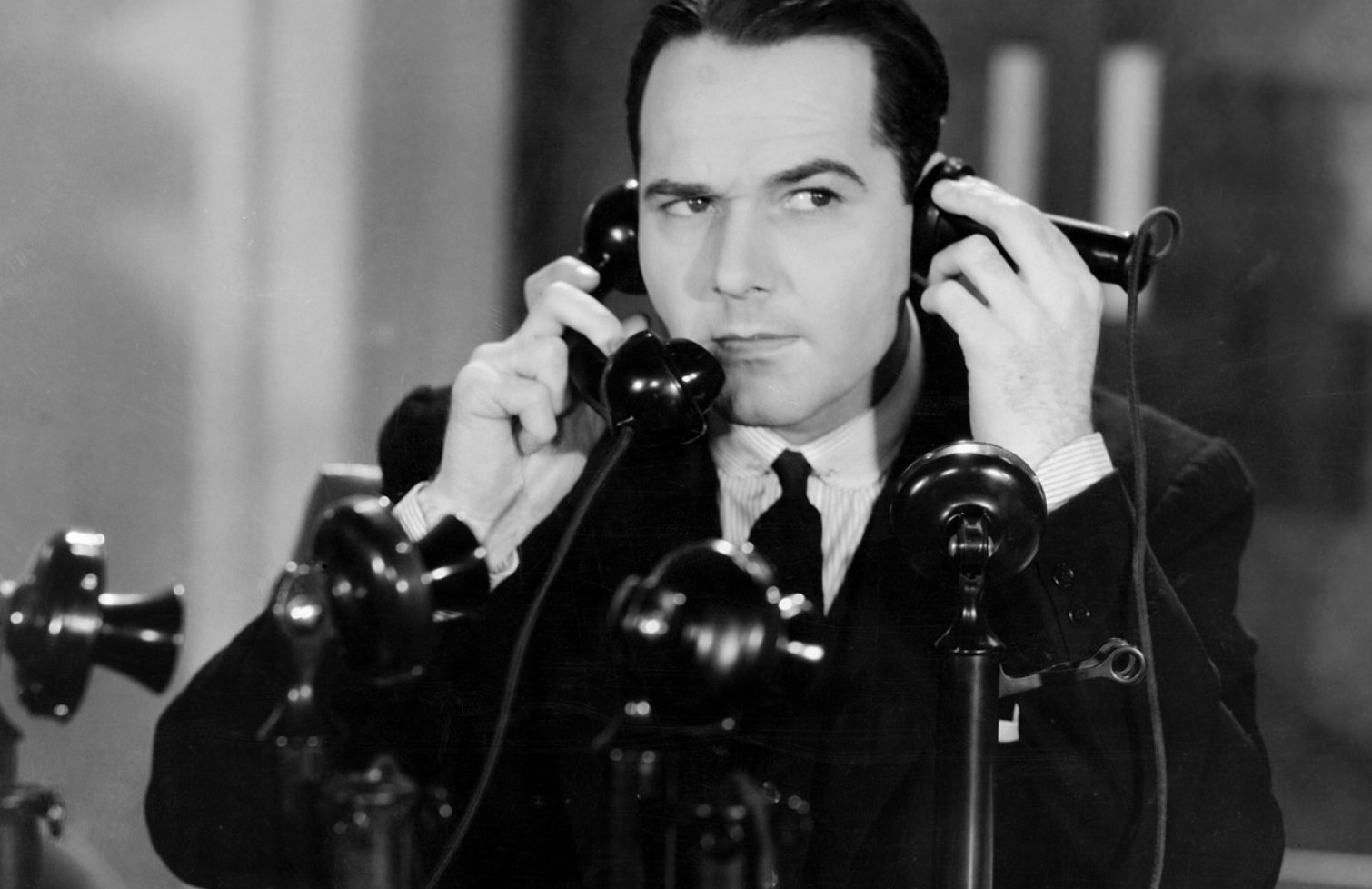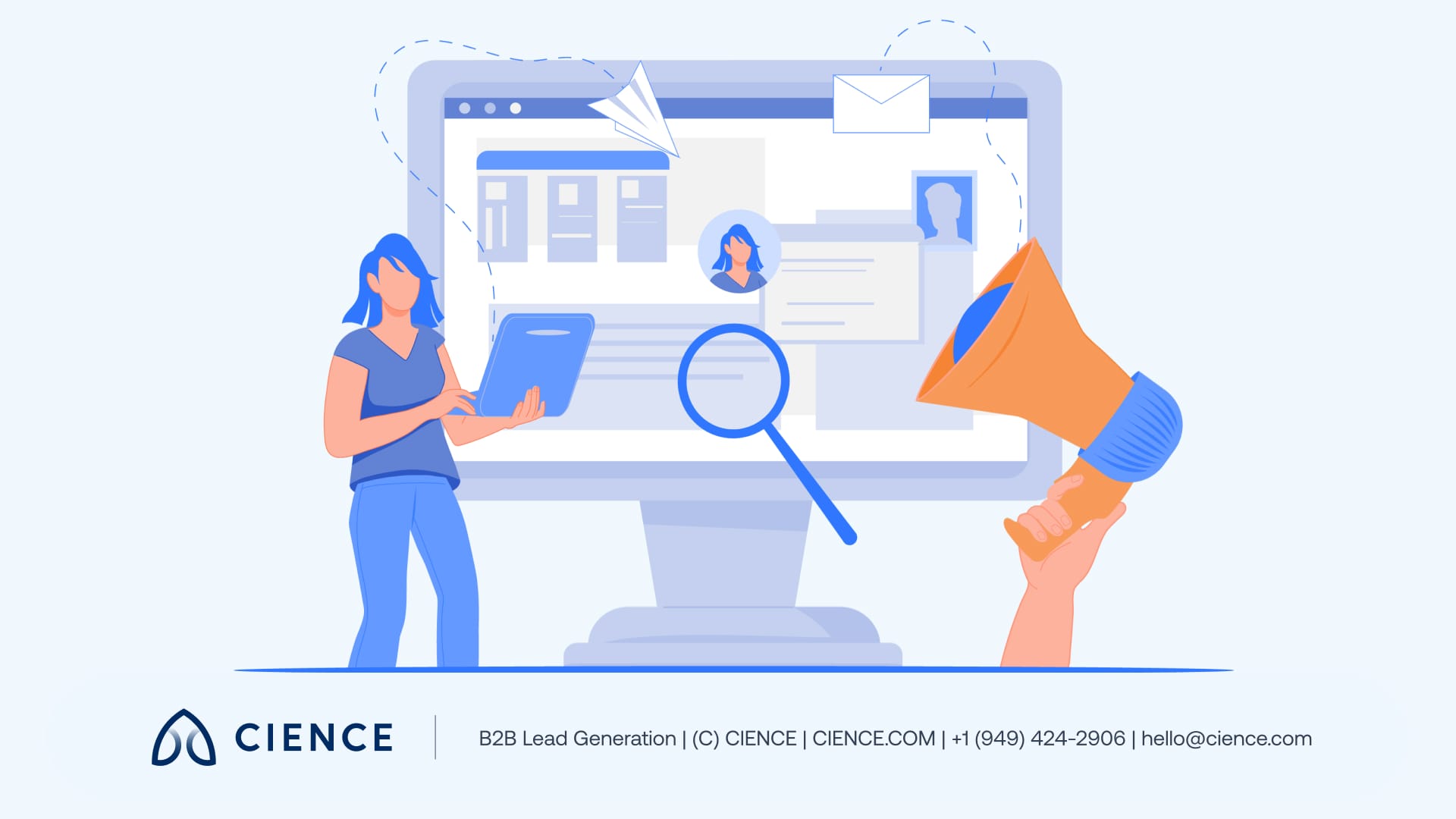Prospecting Magic: Familiarity
An examination of blending best-practice marketing strategies with sales development.

Top-of-the-funnel prospecting is hard. Probabilities within sales development are low, regardless of industry -- there is no Sequence that generates 100% engagement rates. SDRs get silence (no response) as the most common steady state. Even among responses, most are objections (prospect disposition ratios).
To increase chances of success, it's useful to combine marketing (growth) thinking in your sales approach. Because this challenging landscape begs for innovative strategies to break through the silence and objections, it's worth leveraging familiarity, a powerful yet underutilized strategy well-known to marketers but often overlooked in sales development.

Here's What Marketers Already Know
Marketers understand the power of brand familiarity in shaping consumer behavior and decision-making. They leverage the principle that repeated exposure to a brand increases likability and trust, making consumers more likely to choose familiar brands over unknown ones.
There are even a few formal labelings: The Baader–Meinhof phenomenon (aka The Frequency Illusion) is a cognitive bias in which a person notices a specific concept, brand, or product more frequently after recently becoming aware of it. The name comes from a 1994 letter to the St. Paul Pioneer Press by a reader named Terry Mullen. He described noticing the name of the German militant group "Baader-Meinhof" everywhere after a brief encounter with the term. The phenomenon resonated with other readers who shared similar experiences, and the Baader-Meinhof phenomenon was born.
This is further grounded in the psychological phenomenon known as the mere-exposure effect, where familiarity breeds preference. Marketers apply this knowledge through consistent branding, messaging, and advertising to build a sense of recognition and comfort with their target audience, thereby enhancing the likelihood of engagement and conversion.
Familiarity Tactics
If you view Outbound Sequences as just that -- orchestrated sequences of events-- then every step (or touch) can be viewed as putting these events to work to achieve familiarity in the prospects one is targeting.
Human Touches
The concept of an Outbound Sequence includes human touches on channels such as email, video, phone, SMS, Linkedin (or other social nets) or Web (especially Chat). These channels are usually combined for greatest effect, acknowledging that prospects each have their own behaviors and "preferred" channels they pay more attention to than others. At CIENCE, all campaigns are multi-channel by default and offer advertising options targeted at the individual prospect level.
Further, repetition can build familiarity on any individual channel, as many have the concept of threaded communications (email, SMS, Linkedin). LinkedIn also has the added benefit of joining someone's network via Connection Request -- often distributed to prospects by alerts in both Linkedin and email. Even the phone channel has the benefit of voicemails for missed calls. So repeated exposure is part of the equation.

Get Beyond the Cold Call
That said, familiarity can be greatly enhanced if you don't think exclusively of Sequences in terms of human actions. Imagine a world where advertising, content, web experiences, and offline touches all work in harmony to amplify your message and create memorable impressions. By leveraging these diverse elements, you can create a powerful, multi-faceted approach that drives familiarity and forges connections with your audience.
The advertising piece is perhaps one of the most straightforward ways to blend Marketing with Sales Development -- Prospects included in Sequences can be targeted on social networks, rich media, or the general web. The term we prefer to use at CIENCE is Pre-Targeting (a play on the marketing concept of Re-Targeting or its synonym ReMarketing). A rich, specific Pre-Targeting Campaign can usually tie brand + key concepts together, especially when tied to web pages (landing pages). Best case scenario, you even have "smart" landing pages rich with branding, content and even interactive elements like chat. Think of building upon these concepts to expose your (often unknown) brand to prospects (and start to enjoy Mere-Exposure Effect benefits).

At CIENCE, we set unlimited frequency caps on display ads (CPM model) in targeting individuals with our branded messages. Content and creative are included too. This differs from traditional retargeting in a marketing context because we are starting the ad campaigns with those prospects in Sequences, not waiting for them to appear on a website to wait to be retargeted. This is also crucial because most retargeting is a blanket approach, which means you have a lot of waste feeding ads to people that don't meet your qualification criteria.
Familiarity Benefits
My old boss, KiteDesk CEO Sean Burke used to call the point when a prospect will readily communicate with you -- you're on a first-name basis (even if they aren't interested in buying) -- the Familiarity Threshold.
Focused on top-of-the-funnel prospecting and the insights around brand familiarity, here's a refined list of benefits for leveraging marketing concepts like familiarity in sales development (prospecting) situations:
- Easier Initial Engagement: Familiarity reduces the psychological barriers for first-time engagements, making prospects more open to initial conversations.
- Higher Response Rates: Prospects who recognize and trust your brand are more likely to respond to outreach efforts, including emails, calls, and social media messages.
- Enhanced Openness to New Information: When prospects are familiar with a brand, they're more receptive to learning about new products or services, allowing for smoother introductions of offerings.
- Increased Effectiveness of Outreach Messages: Familiarity can make your messages stand out in a crowded inbox or voicemail, as prospects prioritize communication from known entities.
- Reduced Perceived Risk: Prospects familiar with your brand perceive less risk in engaging, which can be a significant barrier at the top of the funnel.
- Greater Efficiency in Prospect Qualification: Familiar prospects are more likely to self-qualify, expressing interest or disinterest more clearly based on their understanding of your brand.
- Improved Conversion from Awareness to Interest: Familiarity facilitates the transition of prospects from mere awareness to genuine interest, as they're more inclined to consider your offerings favorably.
- Strengthened Brand Preference Early in Buyer's Journey: By leveraging familiarity, you can position your brand as the preferred choice even before prospects actively enter the decision-making process.
- Increased Shareability and Virality: Prospects familiar with your brand are more likely to share your content or referrals within their network, amplifying your reach organically.
- Accelerated Trust Building: Familiarity acts as a shortcut to trust, which is crucial for moving prospects further down the sales funnel from the very first interaction.
Challenges and Limitations
While familiarity strategies offer numerous benefits, there are some potential challenges and limitations to consider:
- Oversaturation: Overexposure to a brand can lead to fatigue or annoyance, potentially damaging the prospect's perception. It's essential to strike a balance between building familiarity and avoiding oversaturation.
- Consistent Messaging: Inconsistent messaging across touchpoints can undermine familiarity efforts and confuse prospects. Ensuring a cohesive brand message is crucial for success.
- Resource Constraints: Implementing a comprehensive familiarity strategy, especially when incorporating advertising and content creation, can be resource-intensive. Sales development teams may need to work with limited budgets and personnel, requiring careful prioritization and optimization of efforts.
- Measurement Challenges: Measuring the direct impact of familiarity on sales development outcomes can be difficult, as many factors contribute to a prospect's engagement and conversion. While metrics like open rates, connection rates, engagement rates, and conversation rates can provide insights, attributing success solely to familiarity is not always straightforward.
Ultimately, orchestrating familiarity tactics should aim for the Baader-Meinhof equivalent of achieving the prospect reaction of, "Wow -- CIENCE, you guys are everywhere. I feel like I keep seeing your name!" Hearing this on a cold call does a few things -- First, the call is no longer cold; Second, the familiarity achieved should also increase the probabilities that the prospect might want to engage further, as the brain science of studying these phenomena indicates.
Harnessing the Power of Familiarity in Sales Development
In the challenging landscape of top-of-the-funnel prospecting, where silence and objections are the norm, leveraging the power of familiarity can be a game-changer for sales development teams. By borrowing from the marketing playbook and understanding the psychological principles behind brand recognition, such as the Baader-Meinhof phenomenon and the mere-exposure effect, SDRs can create a multi-faceted approach that goes beyond traditional cold outreach.
Orchestrating a symphony of human touches across various channels, coupled with targeted advertising, compelling content, and engaging web experiences, can help build familiarity and trust with prospects. This familiarity can lead to a host of benefits, including easier initial engagement, higher response rates, increased receptiveness to new information, reduced perceived risk, and accelerated trust-building.
By aiming to achieve the "Familiarity Threshold," where prospects readily communicate with you on a first-name basis, sales development teams can transform the top-of-the-funnel experience. Prospects who feel like they keep seeing your brand everywhere are more likely to engage, share your content, and consider your offerings favorably, even before actively entering the decision-making process.
In essence, by harnessing the power of familiarity and blending marketing strategies with sales development, teams can break through the silence, overcome objections, and forge lasting connections with their target audience. Embrace this approach, and watch as your prospects transform from strangers to engaged, loyal advocates for your brand.
